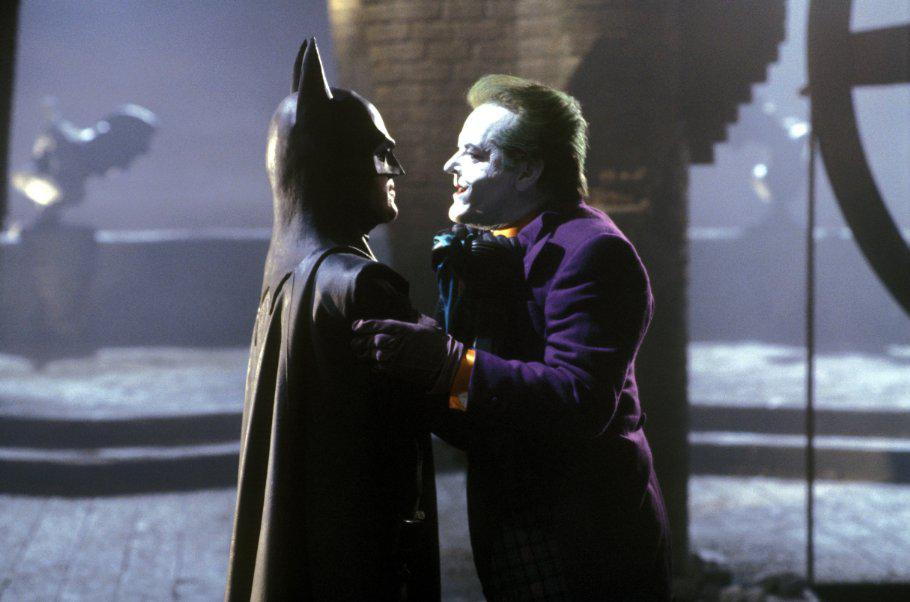Jacob T. Swinney’s viral video “The Evolution of Batman in Cinema” is quite an impressive feat. The clip, first released on Vimeo last week, is a nearly-11-minute cut of Batman footage, featuring 12 different versions of the Caped Crusader—from the 1943 serial starring Lewis Wilson to 2014’s The Lego Movie.
And from the video’s first shot, during which voiceover from the 1943 serial is played over the liquefied Batman logo from The Dark Knight, the tonal and aesthetic differences between the two versions are easy to spot. After all, in his early days, Batman was basically an affable policeman in a mask—a far cry from the psychological complexity and social critique of Christopher Nolan’s blockbuster trilogy. Swinney’s supercut reminds us that Batman has come a very long way.
But there’s only one problem: Batman the character never “evolved” on the silver screen. Rather than gradually developing from one version to the next, Batman’s film history is a stark before-and-after tale, with the turning point occurring in 1989. Tim Burton’s first Batman film was a major shift: What had been a colorful character who spoke in fluent (sometimes florid) sentences turned, overnight, into a gravel-voiced shadow figure who was often more sinister than his antagonists, and at least as troubled.
In the actual comic books, Batman’s development can be charted in smaller steps. The golden age of the comic book gave birth to the cheery Batman inhabited by Adam West. Producer William Dozier’s television series and 1966 movie were light entertainment that played off of comic-book tropes. (Bang! Bwapp!) By the 1970s and early ’80s, comics had begun to embrace more complexity. The most significant inflection point in Batman literature comes with Frank Miller’s 1986 miniseries, Batman: The Dark Knight Returns, featuring a middle-aged Batman in a dystopian Gotham. Miller recast Batman as a darker character: His psychology became a major focus for the story, as did the hero’s problematic relationship to justice.
Miller’s Batman became the foundation on which Tim Burton built. But every Batman on film since 1989, from the animated series to Nolan’s three-film saga, is a direct result of Burton bringing a darker, more serious superhero to the general public. On film Batman didn’t progress steadily; if anything, his growth was a punctuated equilibrium. In “Evolution,” one can see two sides of the character: a playful Caped Crusader and a somber Dark Knight. Swinney’s video helps us map the distance between them.
